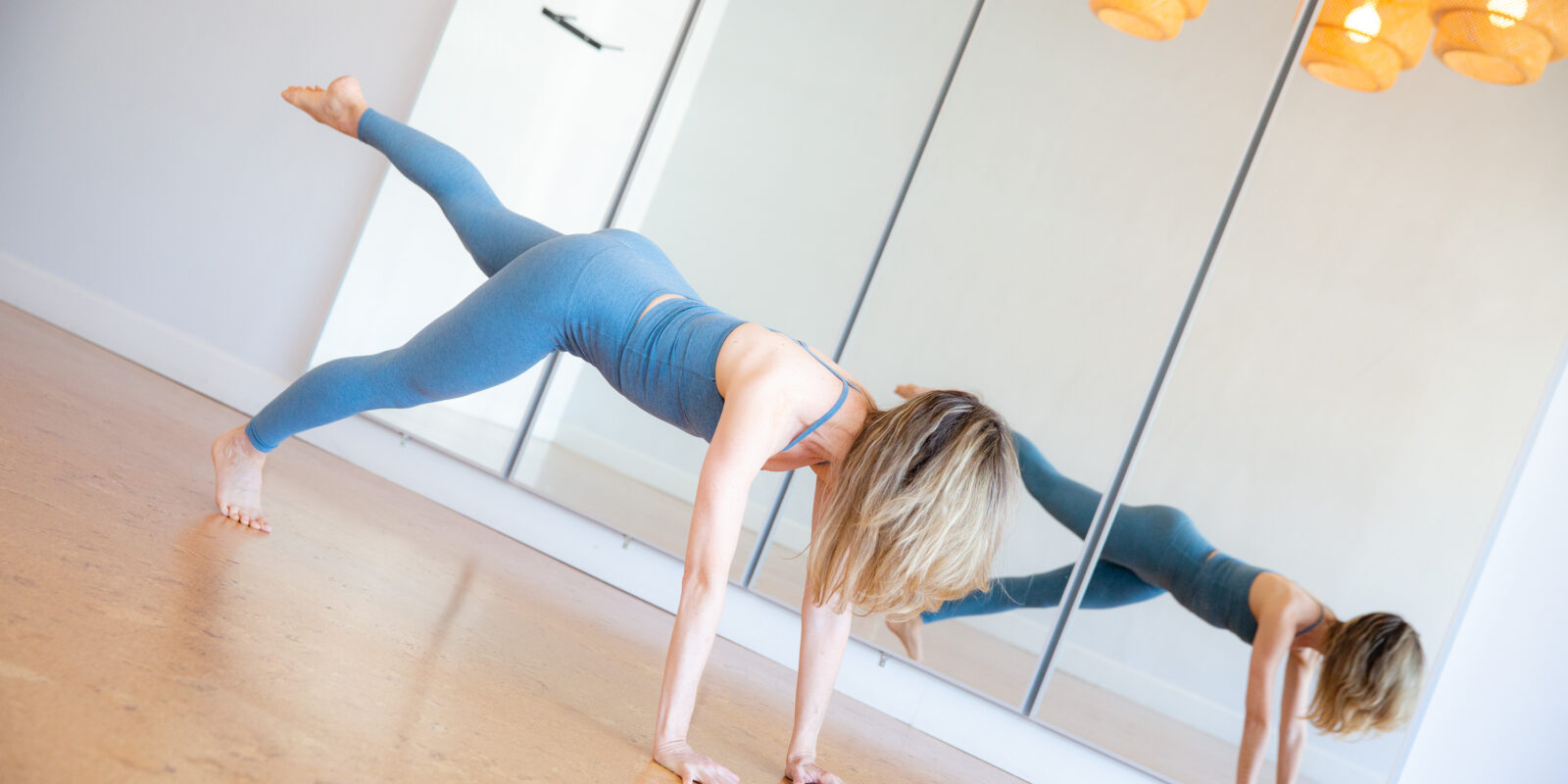
Wellness isn’t a Look, it’s a Feeling
Apr 22, 2022 - Meghan Pickrell
British comedy never fails to lift my spirits. The almighty YouTube algorithms seem to know that and have offered me a series of Joe Lycett’s routines to binge watch. In one, he characterizes his personal trainer as overly zealous about muscle building. Joe remarks that while he understands wanting to be “in shape,” he wonders “which shape” the man wants to be.
It got me thinking about how much our self-image is tied into wanting the “perfect” body.
For many, like Joe Lycett’s personal trainer, rigorous exercise is a prerequisite to perfection. However, after 31 years of being “plus size,” I would posit that these unattainable beauty/masculinity standards are not synonymous with being “in shape.” In my time at Mind & Motion, I’ve discovered that working out doesn’t mean trying to make my body look like someone else’s. Instead, it’s all about challenging my body to become the best version of itself.
That’s why this week, I wanted to learn more about when societal pressures about our bodies go too far and how to take back control. To do so I deepened my knowledge of body dysmorphic disorder and how self-image is formed. With or without BDD, our minds can either deflate or pump up our self-image. Establishing a wellness routine that we feel capable and proud of is crucial to tipping the mental scales towards positivity regardless of the number on the physical ones.
Body Dysmorphic Disorder (BDD)
In short, BDD causes people to be overly and negatively preoccupied with their body.
There is a line, however, between simply being worried about perceived flaws and having a disorder that distorts your entire way of thinking. Those with Body Dysmorphic Disorder are abnormally concerned about small or nonexistent body flaws. If you are overwhelmed by uncontrollably negative thoughts about your body it’s important to see a licensed mental health professional.
While anyone at any age and of any gender can develop BDD, most commonly develops during puberty. This is when we feel most judged by our peers and compare ourselves unfairly to others. The feelings of shame that come with body dysmorphia can lead to avoiding social situations and having less joy in accomplishments.
Without meaning to, our latest entries on thoughts and beliefs actually hit on the basics of a common treatment method for BDD: cognitive behavioral therapy. With the right support, we are all capable of literally replacing negative thoughts with positive ones.
When we are able to achieve this, then we are well on our way to a healthier self-image.
What goes into our self-image?
Self-image is the interplay of how we see ourselves, how others see us, and how we perceive how others see us. Building high self-esteem means strengthening our resolve when these three perceptions don’t align.
The first step is understanding the three core factors of self-image:
- Connection (i.e. Feelings of Belonging)
- Sharing memories, motivations, and hobbies with a group of people builds our confidence that we are worth being around.
- Power (i.e. Feelings of Adequacy)
- Our internal dialogues can deflate or encourage self-confidence. When we feel competent, we feel powerful. Feeling assured in this power, means replacing “I am incompetent” with “I am adequate.”
- Uniqueness (i.e. Feelings of Pride)
- We define ourselves by our passions and skills. Once we accept that the things we feel embarrassed of are also a part of this equation, it’s easier to feel comfortable in our own skin.
Each of these factors is at play when we look in a mirror or position ourselves for a selfie. The people around us, however, might not even see or notice the flaws we see in ourselves. Therefore, working out is for you and you alone.
To be healthy mentally and physically, though, we must recognize what is in and out of our control. The external pressures (I.e. the media, our upbringings, and others’ opinions) happen to us passively. How we respond to them is in our hands!
Tangrams Tactics for Wellness
Like tangrams, getting “into shape” doesn’t fit one prescribed pattern.
There is something artistic, yet strategic about this deceptively simple game. When sitting down with these multicolor tiles of varying shapes, we have two play style options: create a stenciled shape or design a freeform image. The same options exist when planning an exercise regime.
At Mind & Motion, we use a customized approach to create workouts tailored to your unique body. We do so by arranging and rearranging the “tangram tiles” of strength, flexibility and wellness based tasks to suit your goals.
Whether you’re interested in a challenging, complex routine or a more restorative approach, our studios (in person and virtual) are here to support your body’s needs. We have classes and videos that suit a variety of needs and skill levels.
Regardless of our individual abilities, we are a community united by the goal of making your body feel whole, complete and capable. You can connect with us on Facebook and Instagram. Here we celebrate our uniqueness by sharing inspiration and a wide variety of easy to learn exercises.
Rather than focus on “losing pounds” we motivate each other to “gain skills.” Wellness and exercise shouldn’t be about achieving a look, but about maintaining feelings of self-assuredness and self-respect.
After all, when it comes to our health and wellness there is no one size (or shape) that fits all.





